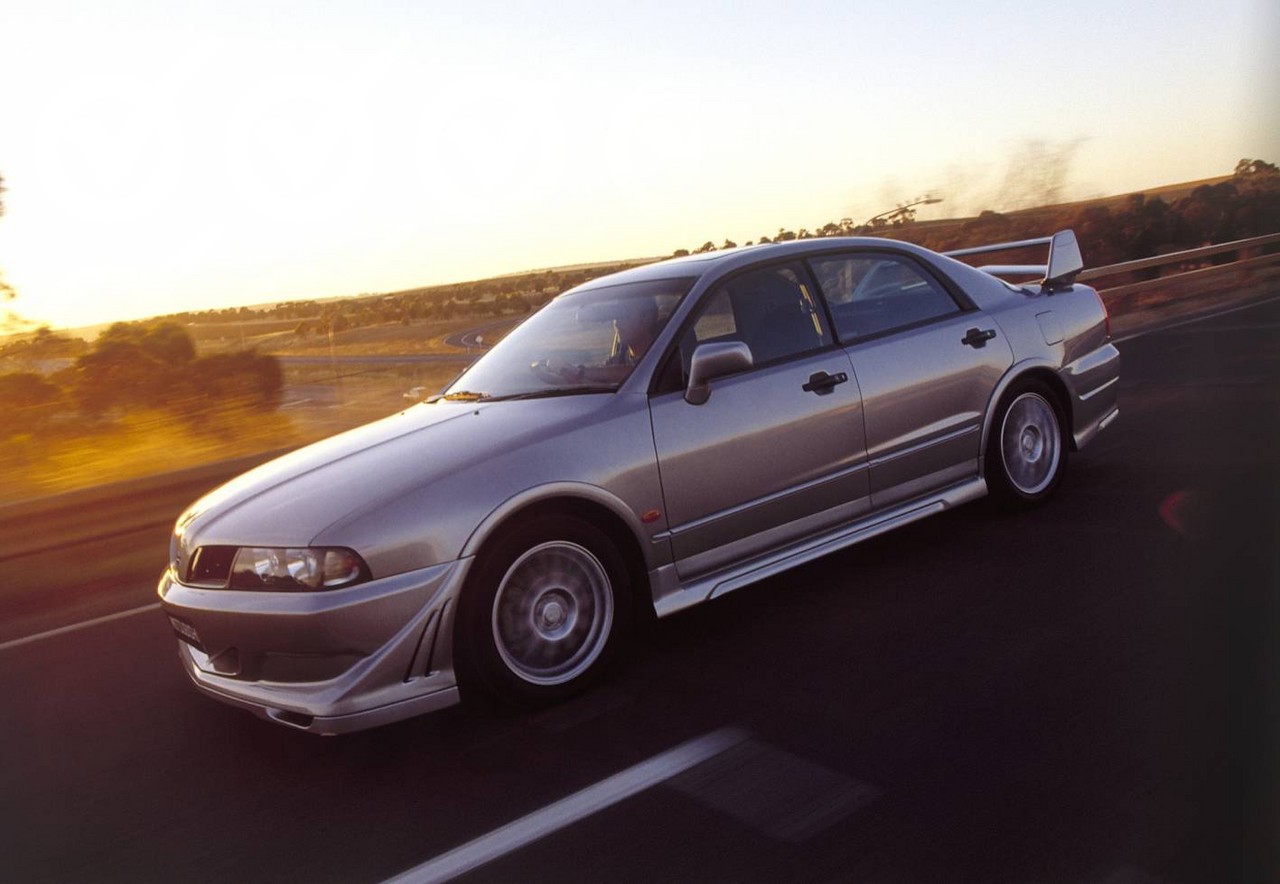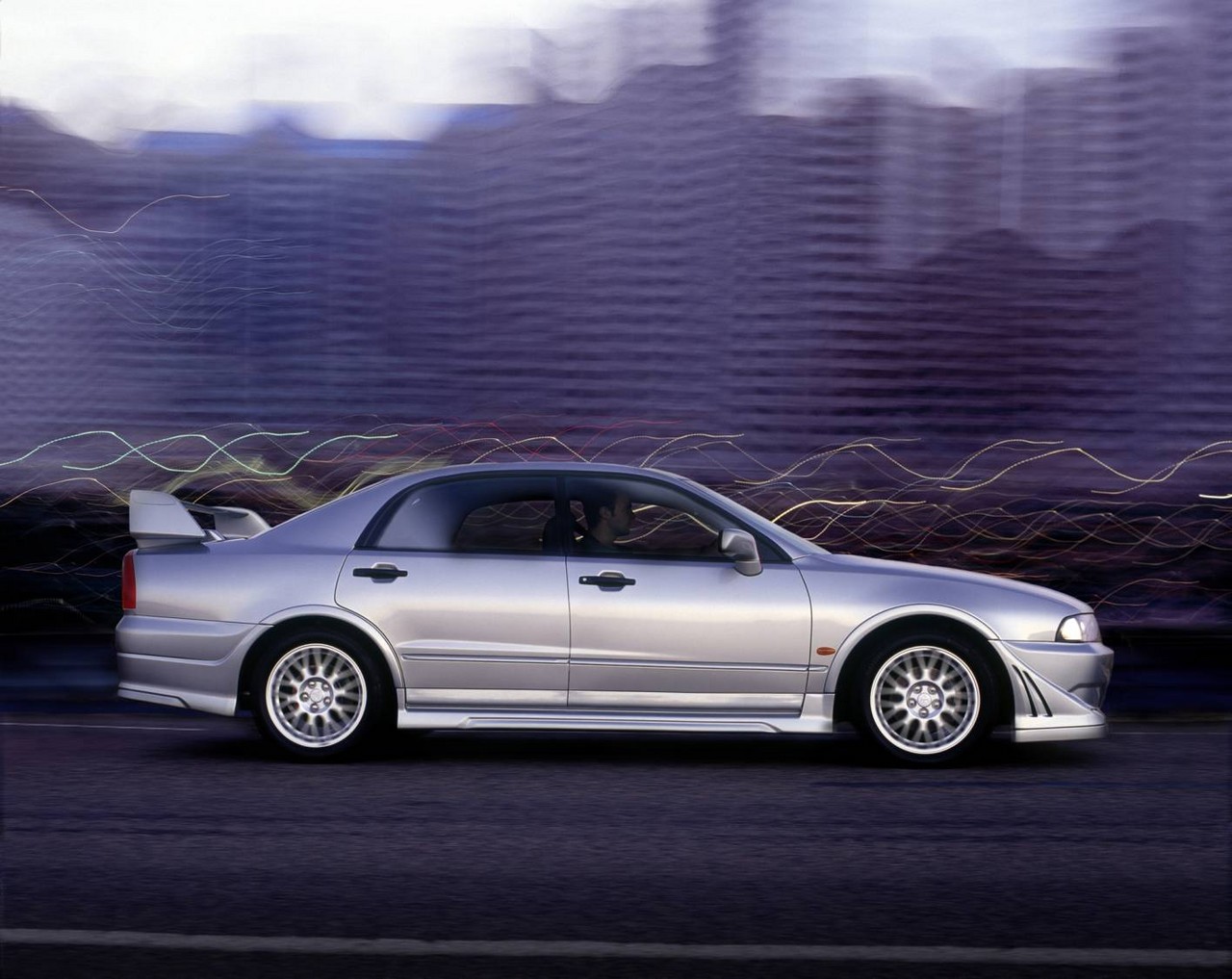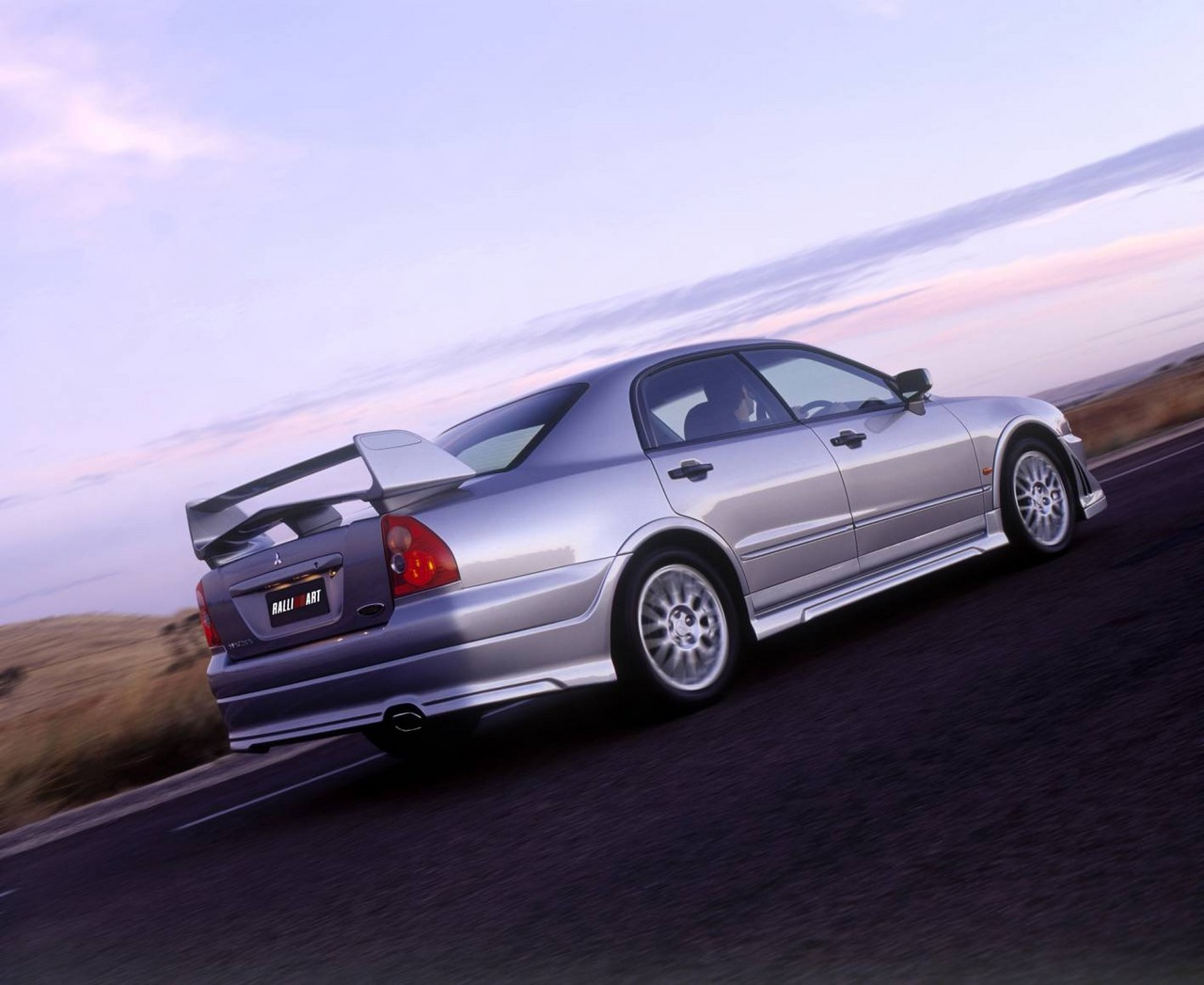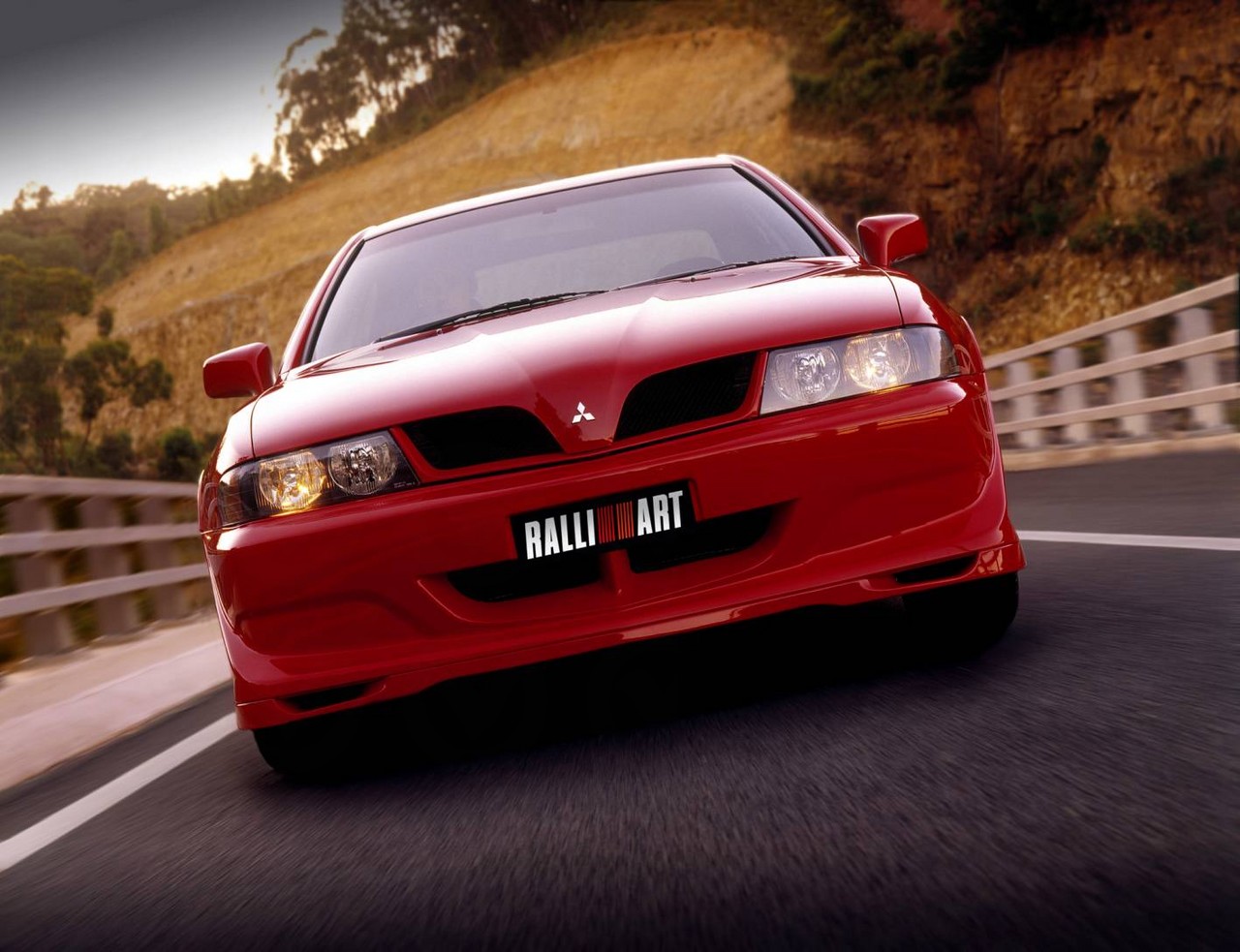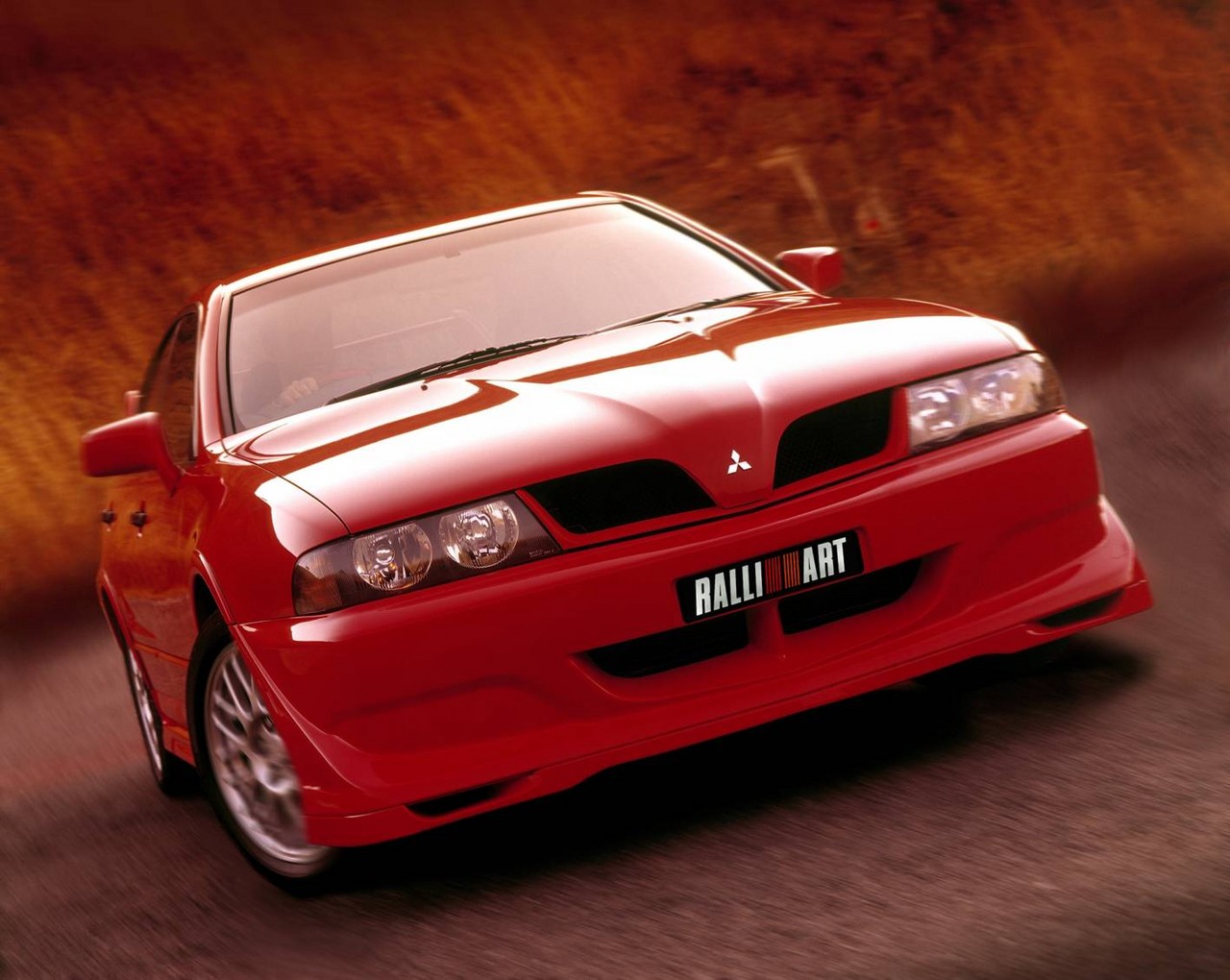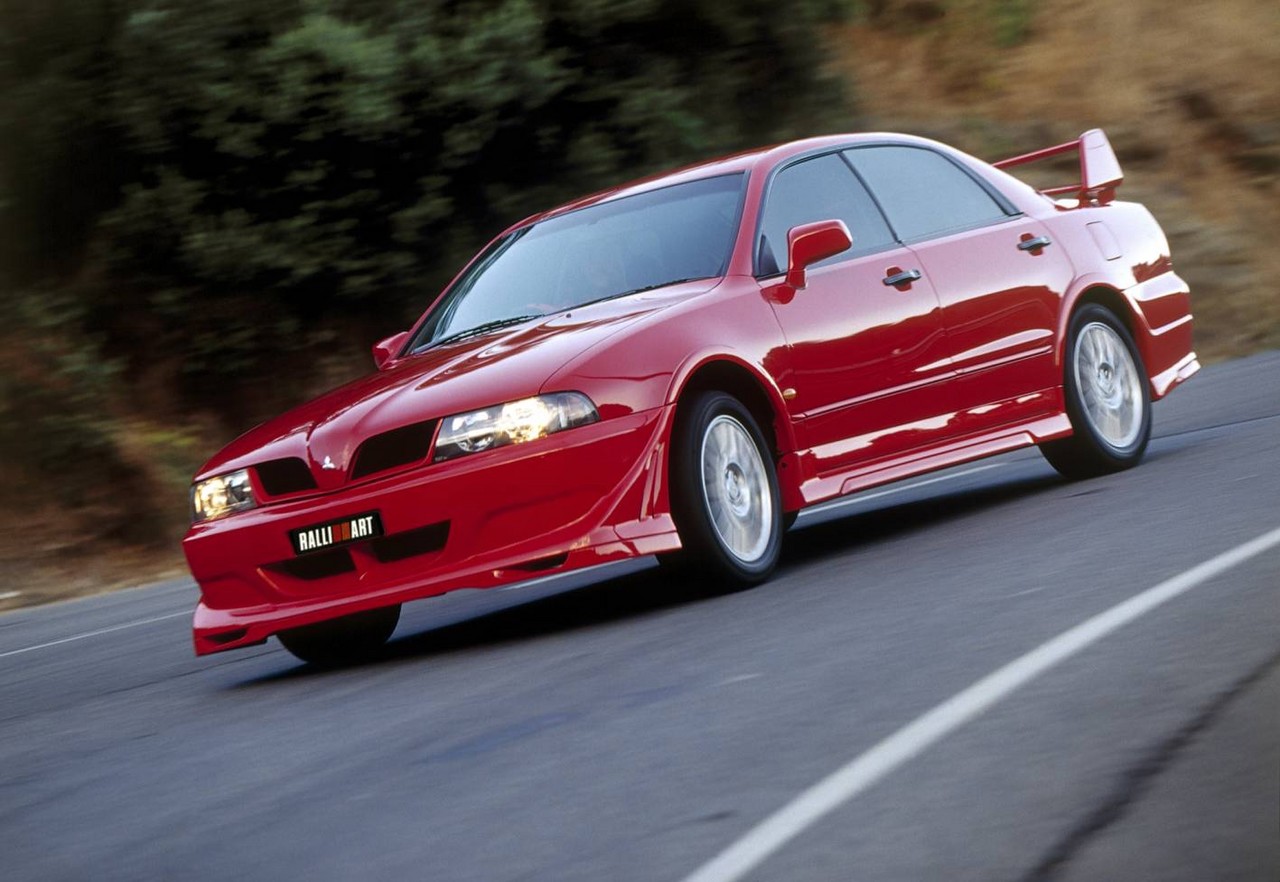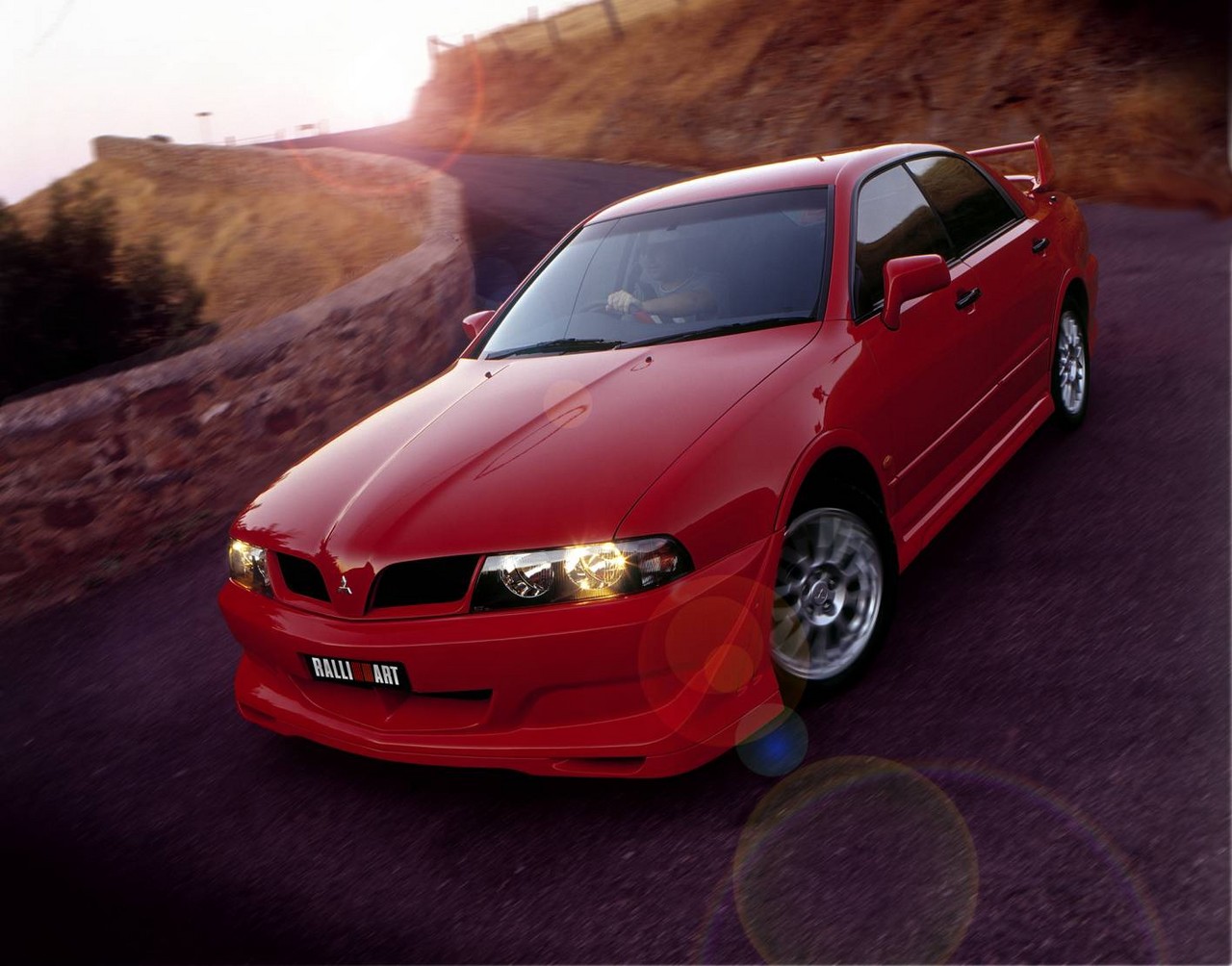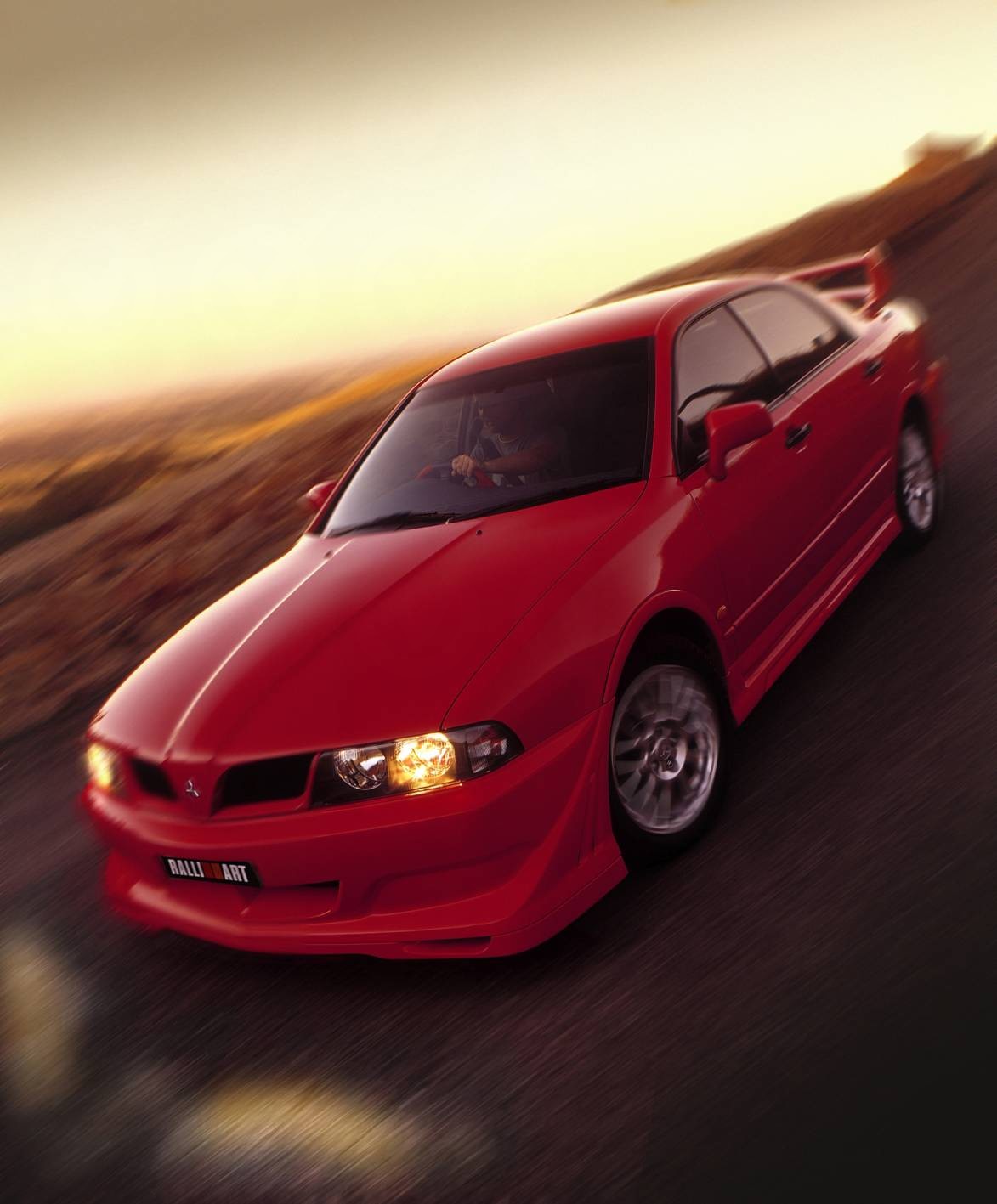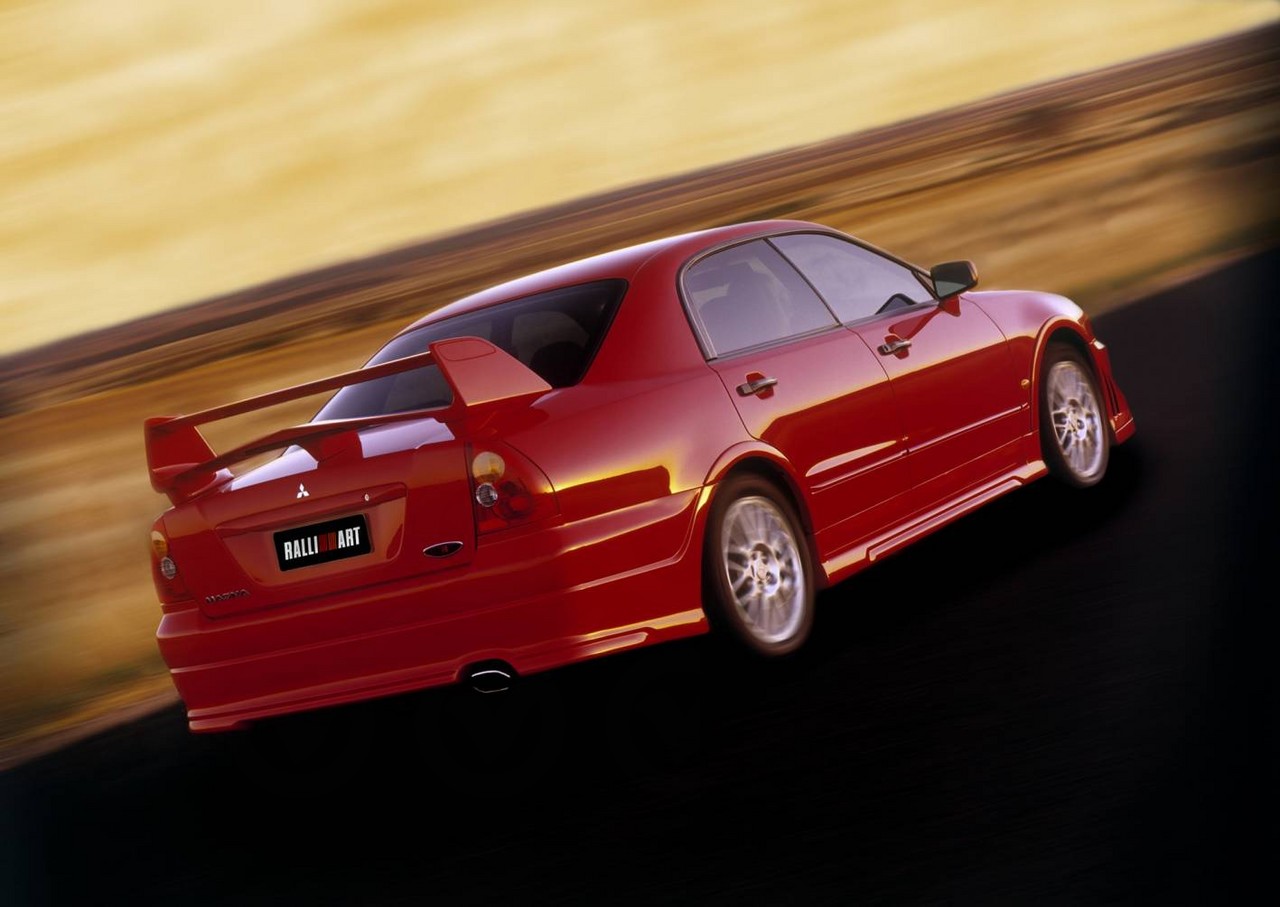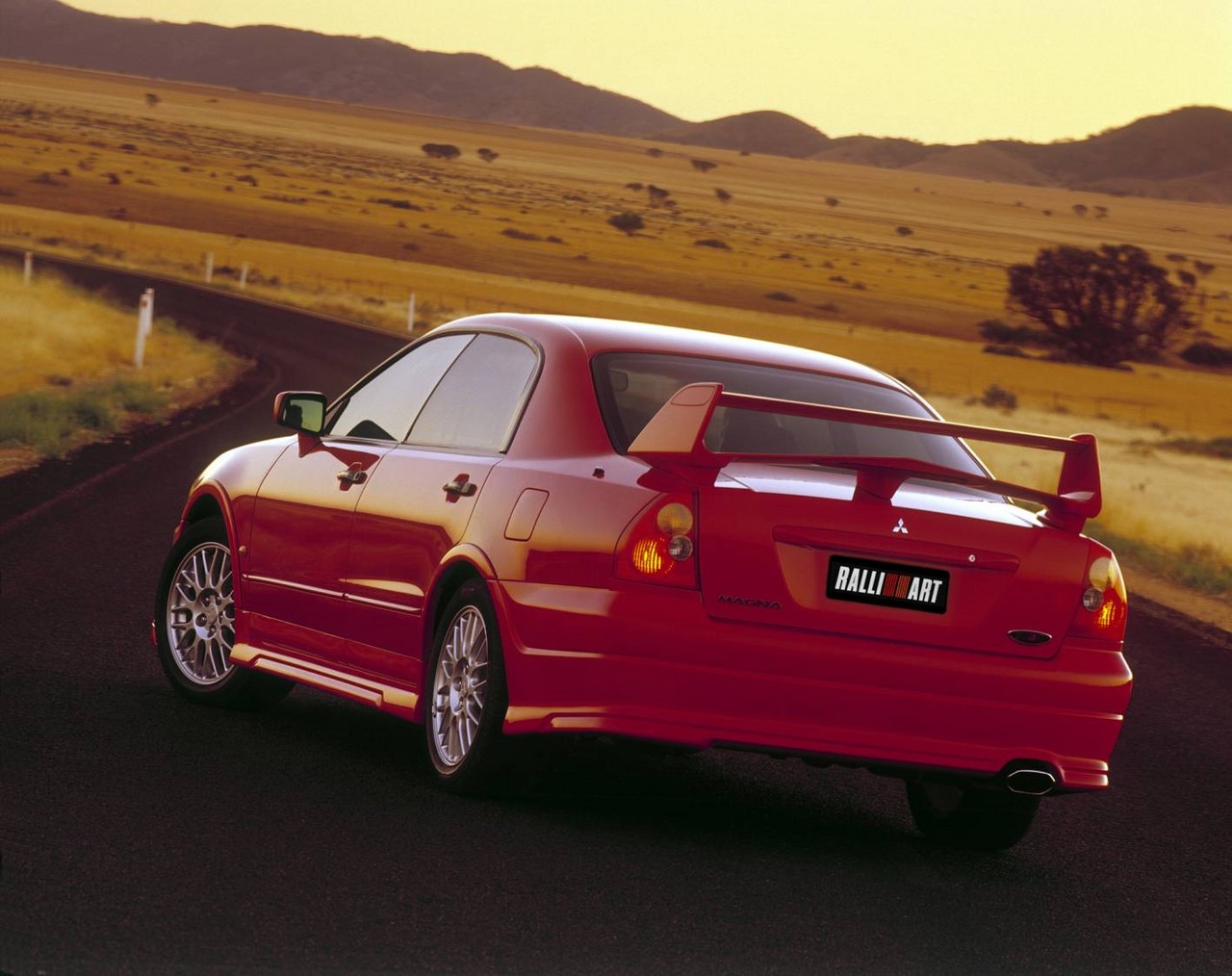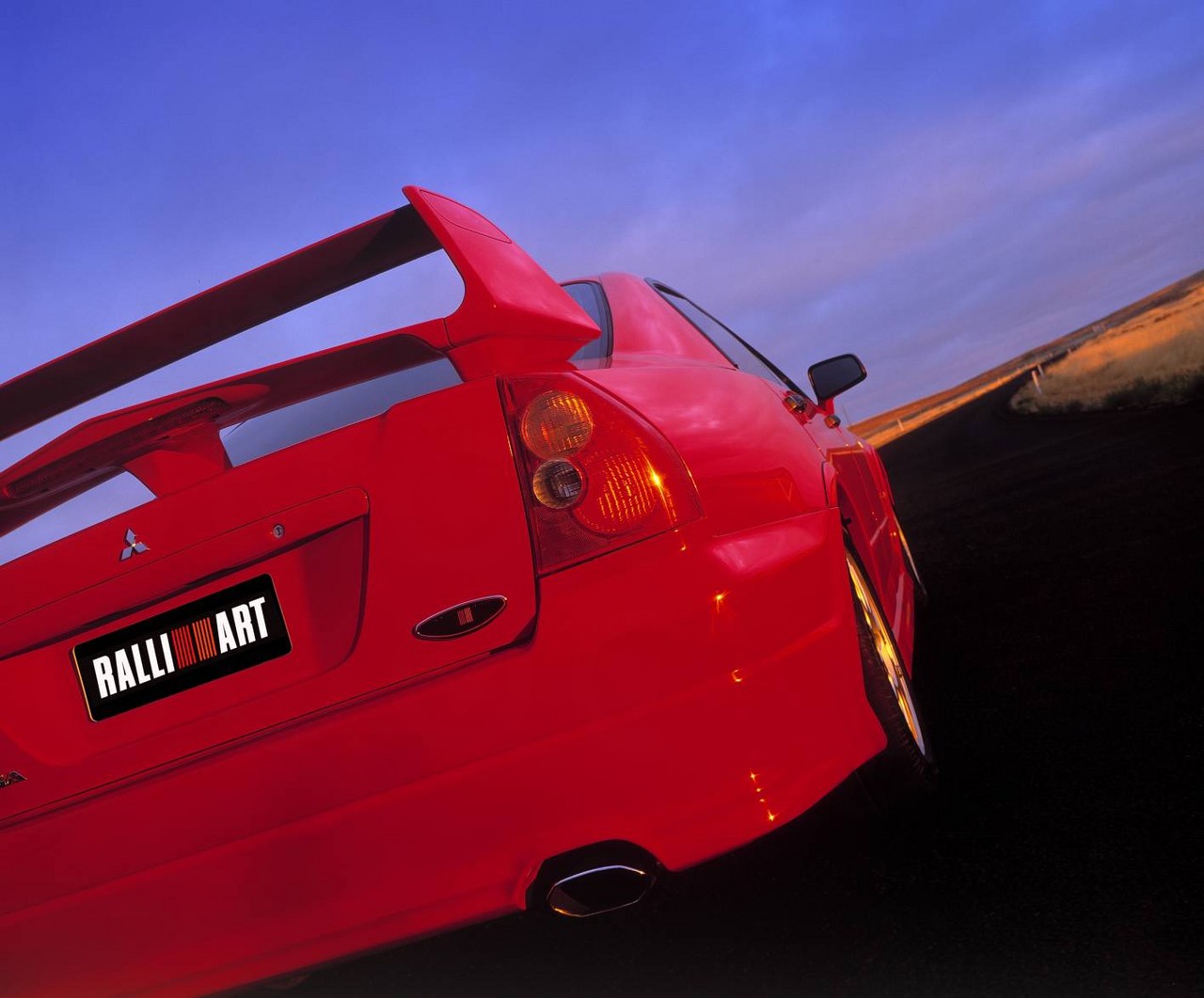
- Responsive 3.5-litre V6 engine
- Impressive ride/handling balance
- Traction control system with automatic transmission works well
- With manual transmission, Ralliart Magna struggles to get power to the ground
- Torque steer
- Front spoiler results in poor ground clearance
- Awkward audio controls
Overview
Released in May 2002, the Mitsubishi TJ Ralliart Magna was a mid-size sedan. Manufactured in Clovelly Park, South Australia, the front-wheel drive Ralliart Magna was powered by a 3.5-litre V6 petrol engine that was mated to either a five-speed manual or five-speed automatic transmission.
6G72 engine
The 3.5-litre 6G72 V6 petrol engine had a cast iron block, single overhead camshaft and four valves per cylinder. For the TJ Ralliart Magna, however, modifications included high-lift camshafts, a new cylinder head, an increased compression ratio (9.4:1), a free-flowing exhaust with stainless steel headers and recalibrated engine management software. As a result, the Ralliart Magna could accelerate from rest to 100 km/h in 6.71 seconds when fitted with a manual transmission; for automatic transmissions, the sprint took 7.15 seconds.
The TJ Ralliart Magna was 4820 mm long, 1809 mm wide, 1435 mm tall and had a 2722 mm long wheelbase.
Dimensions and suspension
Like the TJ Magna sedan, the Ralliart Magna had MacPherson strut front suspension with lower A-arms and an anti-roll bar and independent, multi-link rear suspension with upper and lower control arms. However, the Ralliart Magna’s springs and dampers were developed in conjunction with Koni to provide more responsive and neutral handling; steering components were also specially calibrated. Models with manual transmissions were also fitted with a limited slip rear differential (torque sensing helical gear).
| Engine | Trans. | Peak power | Peak torque | |
|---|---|---|---|---|
| Ralliart Magna | 3.5-litre petrol V6 | 5sp auto, 5sp man. |
180 kW at 5500 rpm | 333 Nm at 4000 rpm |
Safety equipment
Standard safety equipment included dual front airbags and ABS. Models with automatic transmissions were also equipped with traction control (Mitsubishi’s ‘Slip Control’) and ‘Trace Control’. While the traction control reduced engine power to reduce front wheelspin under acceleration, Trace Control would reduce power if sensor inputs indicated that the driver was driving too quickly or aggressively through a corner. However, the Trace Control system relied on inputs from steering wheel angle, throttle position and wheel speed rather than lateral or longitudinal sensors.
Brakes
The Ralliart Manga had 294 mm ventilated front brake discs with two-piston calipers and 284 mm ventilated rear discs.
ANCAP crash testing
In ANCAP crash testing , a TJ.I Magna Executive – equipped with a driver’s airbag and manufactured in August 2001 – received a three star adult occupant protection rating with a score of 17.5. In the offset crash test, the passenger compartment was substantially deformed; there was a risk of serious chest injury for both front occupants and protection from lower leg injury was poor for the driver. In the side impact test, there was a high risk of life-threatening chest injury for the driver.
Features
Standard features for the Ralliart Magna included 17′ x 7′ Enkei alloy wheels with 225/50 ZR17 94W Pirelli P6000 tyres, a 188 watt Eclipse sound system with 14 speakers, an external amplifier, a seven-CD in-dash stacker and remote control, climate control air conditioning, contoured sports seats, cruise control, front fog lights, a Momo leather-wrapped steering wheel, remote central locking, power mirrors and windows, Ralliart instrument cluster, a trip computer, an alarm and immobiliser.
Related links

